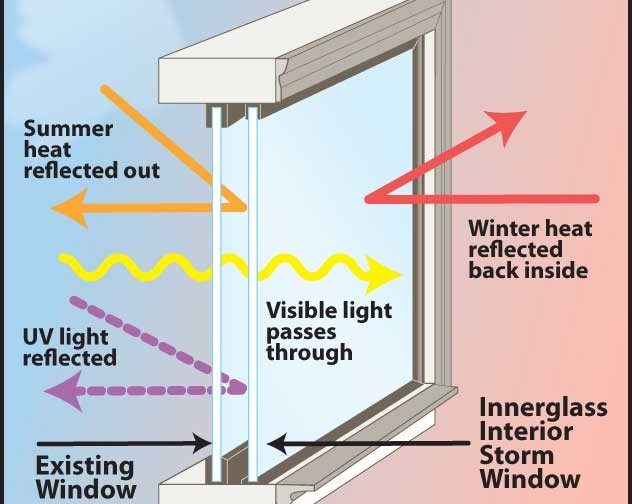All Categories
Featured
Table of Contents
Double Glazing Australia Blogs in North Fremantle WA
Glazing merely means the windows in your house, including both openable and fixed windows, along with doors with glass and skylights. Glazing really simply implies the glass part, but it is usually used to describe all aspects of an assembly including glass, films, frames and home furnishings. Taking note of all of these elements will assist you to achieve effective passive style.

Energy-efficient glazing makes your home more comfortable and considerably lowers your energy costs. Inappropriate or improperly developed glazing can be a significant source of undesirable heat gain in summertime and substantial heat loss and condensation in winter season. Approximately 87% of a home's heating energy can be acquired and approximately 40% lost through windows.
Solace Creations: Home in Burswood WA
Glazing is a considerable investment in the quality of your home. A preliminary investment in energy-efficient windows, skylights and doors can significantly lower your yearly heating and cooling expense.

This tool compares window choices to a base level aluminium window with 3mm clear glass. Understanding a few of the crucial residential or commercial properties of glass will help you to pick the very best glazing for your home. Key homes of glass Source: Adjusted from the Australian Window Association The quantity of light that goes through the glazing is known as noticeable light transmittance (VLT) or noticeable transmittance (VT).
Double Glazing - About Windows - Window Film Excellence in Gosnells Perth
This may lead you to turn on lights, which will lead to higher energy costs. Conduction is how easily a product carries out heat. This is known as the U value. The U worth for windows (revealed as Uw), explains the conduction of the whole window (glass and frame together). The lower the U worth, the higher a window's resistance to heat circulation and the better its insulating value.
For example, if your home has 70m2 of glazing with aluminium frames and clear glass with a U worth of 6. 2W/m2 C, on a winter's night when it is 15C colder outside compared to indoors, the heat loss through the windows would be: 6. 2 15 70 = 6510W That is comparable to the overall heat output of a large space gas heating system or a 6.
Guide To Double Glazing – Functional And Energy Efficient in Willagee Western Australia

If you select a window with half the U value (3. 1W/m2 C) (for instance, double glazing with an argon-filled space and less-conductive frames), you can halve the heat loss: 3. 1 15 70 = 3255W The solar heat gain coefficient (SHGC) for windows (expressed as SHGCw) measures how easily heat from direct sunlight flows through a whole window (glass and frame together).
The lower a window's SHGC, the less solar heat it transfers to the house interior. Glazing makers declare an SHGC for each window type and design. The real SHGC for windows is impacted by the angle that solar radiation strikes the glass. This is called the angle of incidence.
Diy Double Glaze in Midland WA
When the sun is perpendicular (at 90) to the glass, it has an angle of occurrence of 0 and the window will experience the maximum possible solar heat gain. The SHGC declared by glazing makers is constantly calculated as having a 0 angle of incidence. As the angle increases, more solar radiation is reflected, and less is transmitted.
Table of Contents
Latest Posts
Sustainability in Bassendean Perth
Climateframe Double Glazing: Perth's Double Glazed ... in Subiaco Western Australia
4 Benefits Of Double Glazed Windows In The Summer in Murdoch Western Australia
More
Latest Posts
Sustainability in Bassendean Perth
Climateframe Double Glazing: Perth's Double Glazed ... in Subiaco Western Australia
4 Benefits Of Double Glazed Windows In The Summer in Murdoch Western Australia